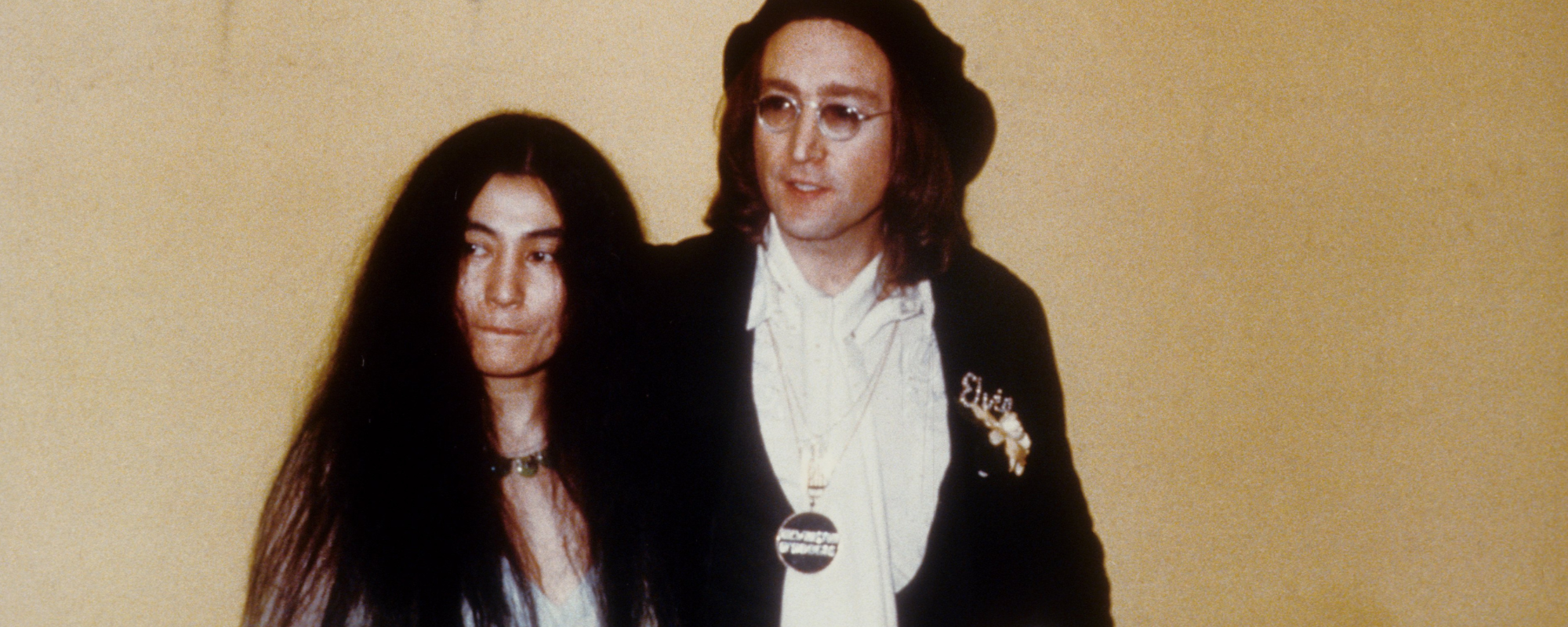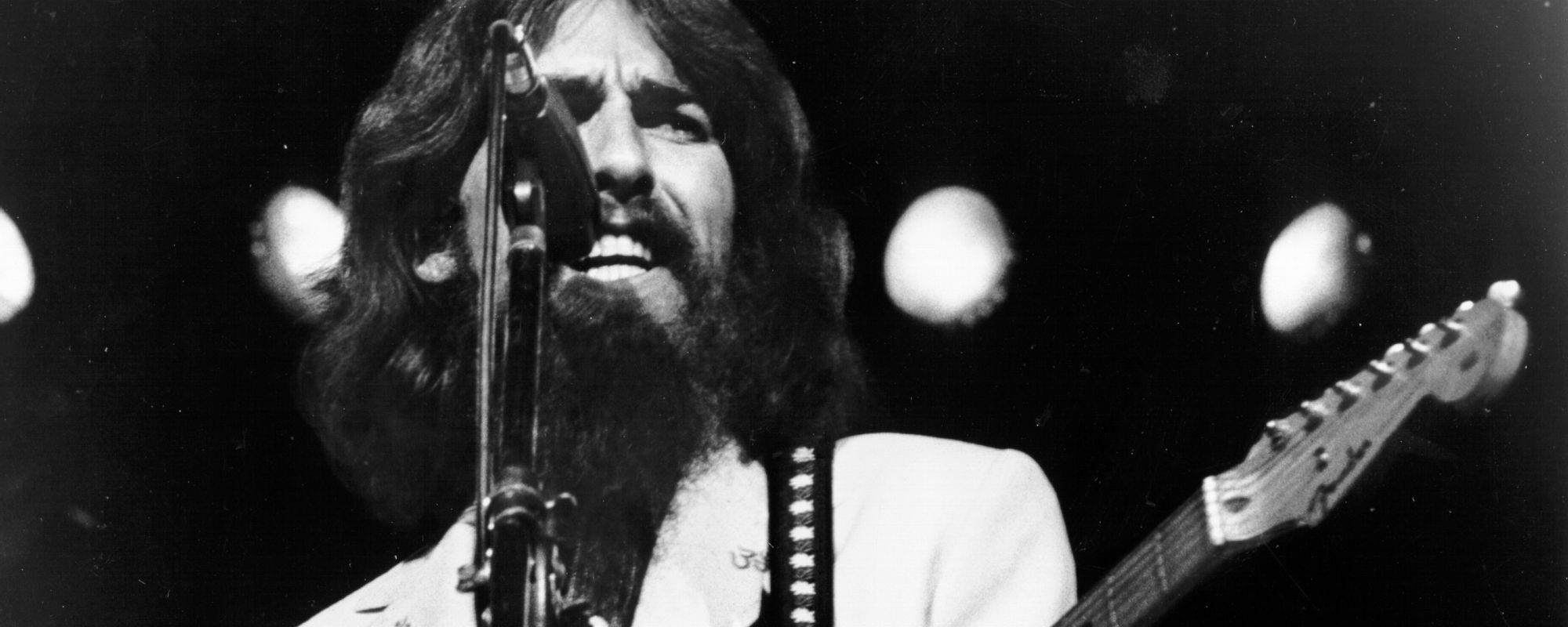The lines were blurred during the post-punk era in music. Bands like the New York Dolls, The Velvet Underground, and The Stooges created exciting new music. British bands like the Sex Pistols, The Damned, and The Clash responded. Bands that followed, making up what was called New Wave, were from both sides of the Atlantic Ocean. The Police, Elvis Costello and The Attractions, and Squeeze called the UK home, while The Talking Heads, Devo, and The Cars were based Stateside. MTV gave all these bands a big boost.
Videos by American Songwriter
When The Cars broke out of Boston in 1976, they mixed equal parts of synth-driven art-rock, DIY punk rock, ’50s rockabilly, and catchy power-pop hooks. Their debut album sold more than 6 million copies. Let’s look at the story behind a song from that album, “My Best Friend’s Girl” by The Cars.
Eighth Notes
Frontman Ric Ocasek began recording his songs before the band came together, including “My Best Friend’s Girl.” He told journalist Bill DeMain, “It was one of the first songs I wrote for the band. I remember I was playing acoustic guitar a lot, and I would always keep the eighth notes going on the acoustic to keep time and feel the rhythm, making it sound like more of a rock thing. When I got an electric, I just kept that eighth note thing going. It set that precedent for that feel in The Cars sound.”
You’re always dancing down the street
With your suede blue eyes
And every new boy that you meet
He doesn’t know the real surprise
When Elektra Records signed the band, they went into the studio with producer Roy Thomas Baker, best known for his work with Queen. Ocasek told journalist Marc Myers about the recording process, “It opens with me picking on notes in the middle position of my Fender Jazzmaster guitar. My guitar went through an Ampeg VT-22 amp, which let me turn up the middle part of my guitar. The Jazzmaster was perfect, with that thud-y sound. The handclapping in the first verse was us clapping, not a synthesizer. Roy had brought in a 40-track recorder built by Stephens Electronics. Even though it broke down a lot, the two-inch tape machine let us use more mics to make the album sound large.
“When we recorded vocal harmony on the line ‘Here she comes again,’ Roy had us record one set of vocals. He triplicated them so there were 24 voices. Then, he used the Stephens machine to get them up to around 70 voices. At one point, we said, ‘Roy, we can’t do that,’ fearing the vocals would sound too synthy. Roy said, ‘You’ll get used to it.’ Roy placed the mics 10- to 15-feet away from us for a more dimensional sound. He knew how to do this from recording classical music.”
(Here she comes again)
When she’s dancing ‘neath the starry sky
Oo, she’ll make you flip
(Here she comes again)
When she’s dancing ‘neath the starry sky
I kinda like the way she dips
She’s my best friend’s girl
She’s my best friend’s girl
But she used to be mine
“But She Used to Be Mine”
Ocasek made an important adjustment to the song, he told DeMain: “At some point, I realized my lyrics didn’t include the words ‘My Best Friend’s Girl.’ So I pulled out the lyrics someone had typed up and added a chorus in the margin in pen: She’s my best friend’s girl / she’s my best friend’s girl / but she used to be mine. I liked the twist. Up until that point, you think the singer stole his best friend’s girl based on how good he feels about her.”
You’ve got your nuclear boots
And your drip-dry glove
Oo when you bite your lip
It’s some reaction to love, o-ove, o-ove
(Here she comes again)
When she’s dancing ‘neath the starry sky
Yeah, I think you’ll flip
(Here she comes again)
When she’s dancing ‘neath the starry sky
(Here she comes again)
I kinda like the way, I like the way she dips
‘Cause she’s my best friend’s girl
Well, she’s my best friend’s girl
And she used to be mine
She’s so fine
Ocasek Knew What He Wanted to Do
As American Grafitti and Happy Days were celebrating the music of the ’50s, the rockabilly revival was also an element The Cars pulled from. Ocasek used some of that inspiration: “I loved Buddy Holly’s songs. I first heard ‘That’ll Be the Day’ when I was 13, in 1957. Holly’s guitar intro made me want to learn to play. I also loved Holly’s voice. It was quirkier than everyone else’s at the time and stood out. When I realized Holly wrote his own songs, I thought, ‘Yeah, that’s what I want to do, write songs.’”
You’re always dancing down the street
With your suede blue eye-eyes
And every new boy that you meet
Doesn’t know the real surprise
The Fifth Beatle
The Cars’ debut album was recorded at Associated Independent Recording (AIR) Studio in London, England, which producer George Martin founded. Cars guitarist Elliot Easton remembered a visit from the legendary producer when they were recording the track. “George Martin came by the control booth periodically and stretched out on the sofa,” Easton said. “One time, during a playback, he said, ‘That’s not too bad, actually.’ High praise comes from him.”
Years later, Easton admitted The Beatles were his inspiration for the song’s iconic solo. “The inspiration for my rockabilly riff and solo was the guitar lick from The Beatles’ ‘I Will,’” Easton revealed. “I mutated it a bit to counter Ric’s strong eighth-note feel.”
(My best friend’s girlfriend)
Oh
(My best friend’s girlfriend)
She used to be mine
(My best friend’s girlfriend)
Yeah yeah
(My best friend’s girlfriend)
Said she used to be mine
(My best friend’s girlfriend)
Oh, yeah, yeah yeah
(My best friend’s girlfriend)
She used to be mine
(My best friend’s girlfriend)
When you purchase through links on our site, we may earn an affiliate commission.
Photo by Kevin Winter/WireImage












Leave a Reply
Only members can comment. Become a member. Already a member? Log in.